The Benko Opening (also known as the Hungarian Opening) is a unique opening that begins with 1. g3.

It is called the Benko opening in honor of the famous Hungarian grandmaster, Pal Benko. Benko employed this opening numerous times and defeated many strong players with it.
The opening begins when White starts off the game by moving their g-pawn, with the idea of fianchettoing their light-squared bishop to fight for the center and pressure the queenside using the long White diagonal that splits the board in half.
The Benko is also a very flexible opening and it can be used to transpose into various other openings like the King’s Indian Attack or the Catalan Opening ( 1. g3 d5 2. Bg2 Nf6 3. c4 e6 4. d4)
However, in this article, we will be solely focused on the Benko.
As we said earlier, the Benko starts with 1. g3 where White has the intention of fianchettoing their bishop, developing their knight, and castling. This principle of this opening lends itself to the hypermodern style.
In the hypermodern modern style, a player does not look to immediately attack the center with central pawns (e and d-pawns) rather, they develop their pieces first, allow the other side to occupy the center for a while, and then counterattack.
After 1. g3, the popular responses for Black are …d5 and …g6. We will now go over both of them and learn how they fare.
1…d5
1. g3 d5
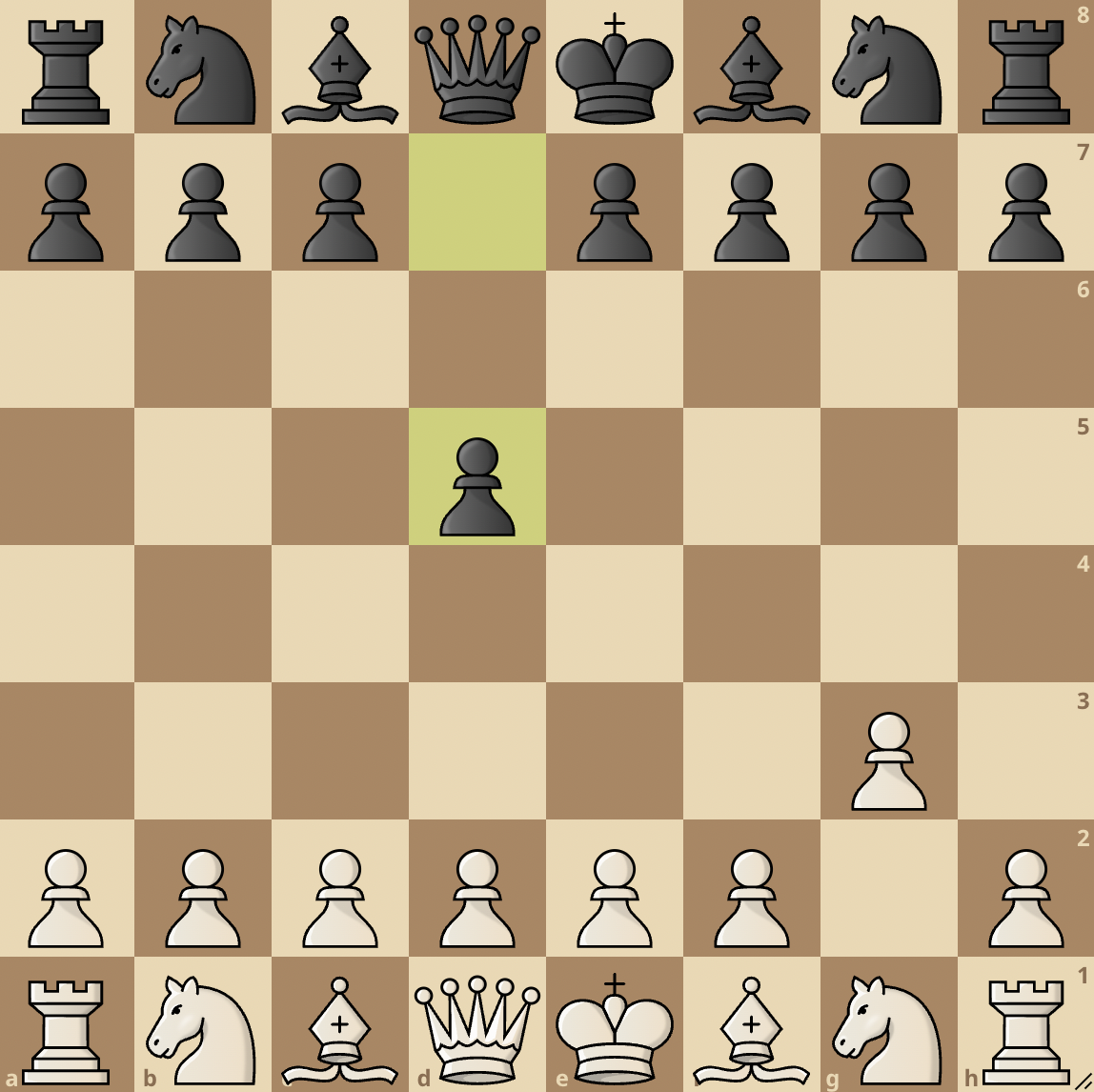
1…d5 is the most played response to the Benko. Black’s idea when they play…d5 is to occupy the center and establish control there since White willingly gave up the opportunity to play e4 or d4.
By playing …d5, Black now controls the e4 and c4 squares. White continues with the hypermodern style and plays 2. Bg2, fianchettoing their light-squared bishop and preparing to contest the h1-a8 diagonal.
Black continues with 2…Nf6, developing their knight and adding control to the e4 square. White prepares to castle by developing their knight with 3. Nf3 and Black further strengthens their d-pawn with 3…c6.
White improves the safety of their king by castling with 4. 0-0 and Black develops a piece with 4…Bf5.
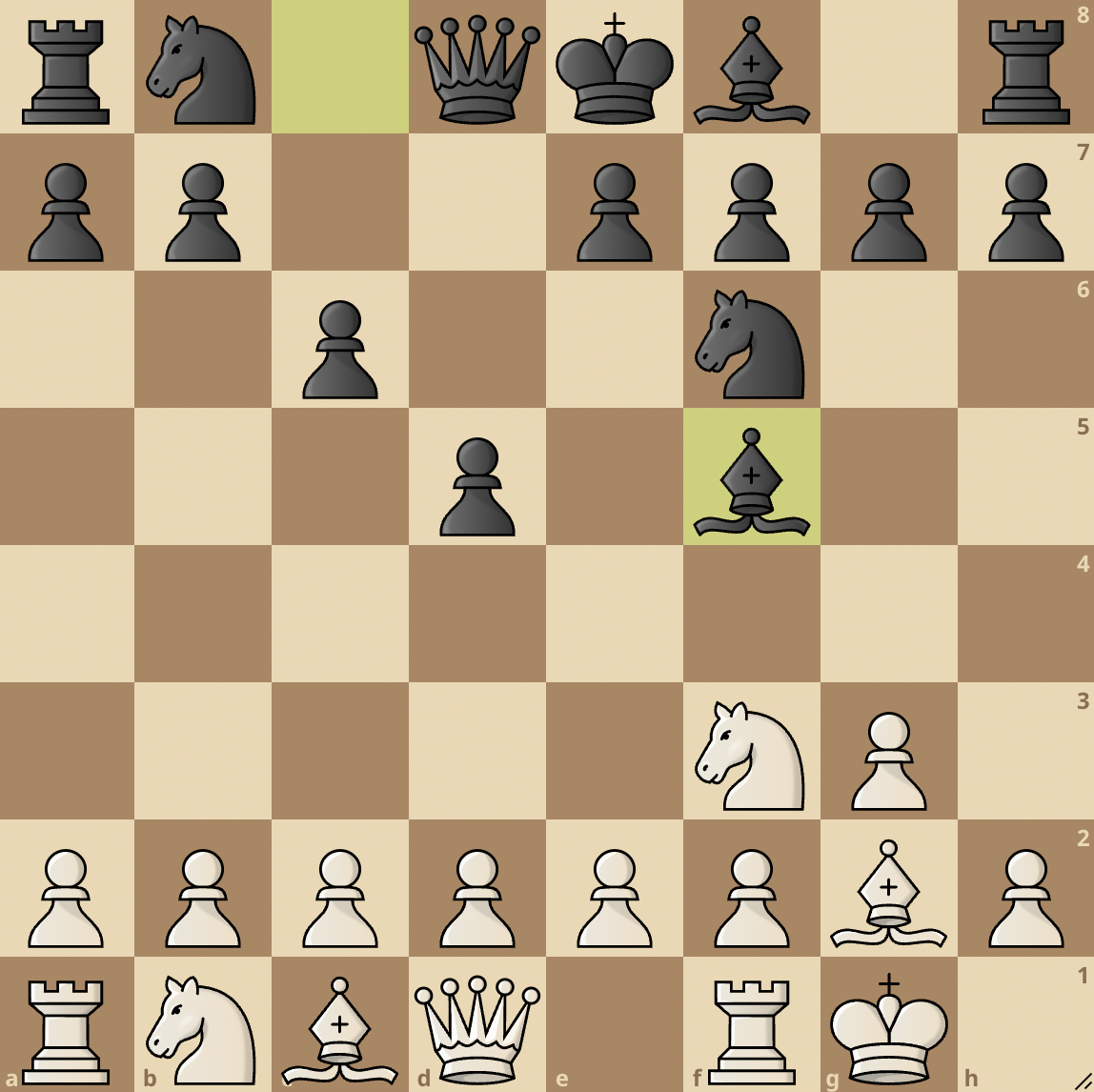
White now plays 5. d3 and Black plays 5…e6. By playing d3 on move 5, White prepares for a possible e4 thrust and they add support for this thrust by playing 6. Nbd2.
Black sees that their light-squared bishop might come under attack soon if a move like Nh4 happens so they prepare an escape route with 6…h6.
The only undeveloped minor piece in White’s camp is the dark-squared bishop, so White prepares to develop it via fianchetto and they play 7. b3. Black also develops their dark-squared bishop with 7…Be7 and after White fianchettoes with 8. Bb2, Black castles with 8…0-0.
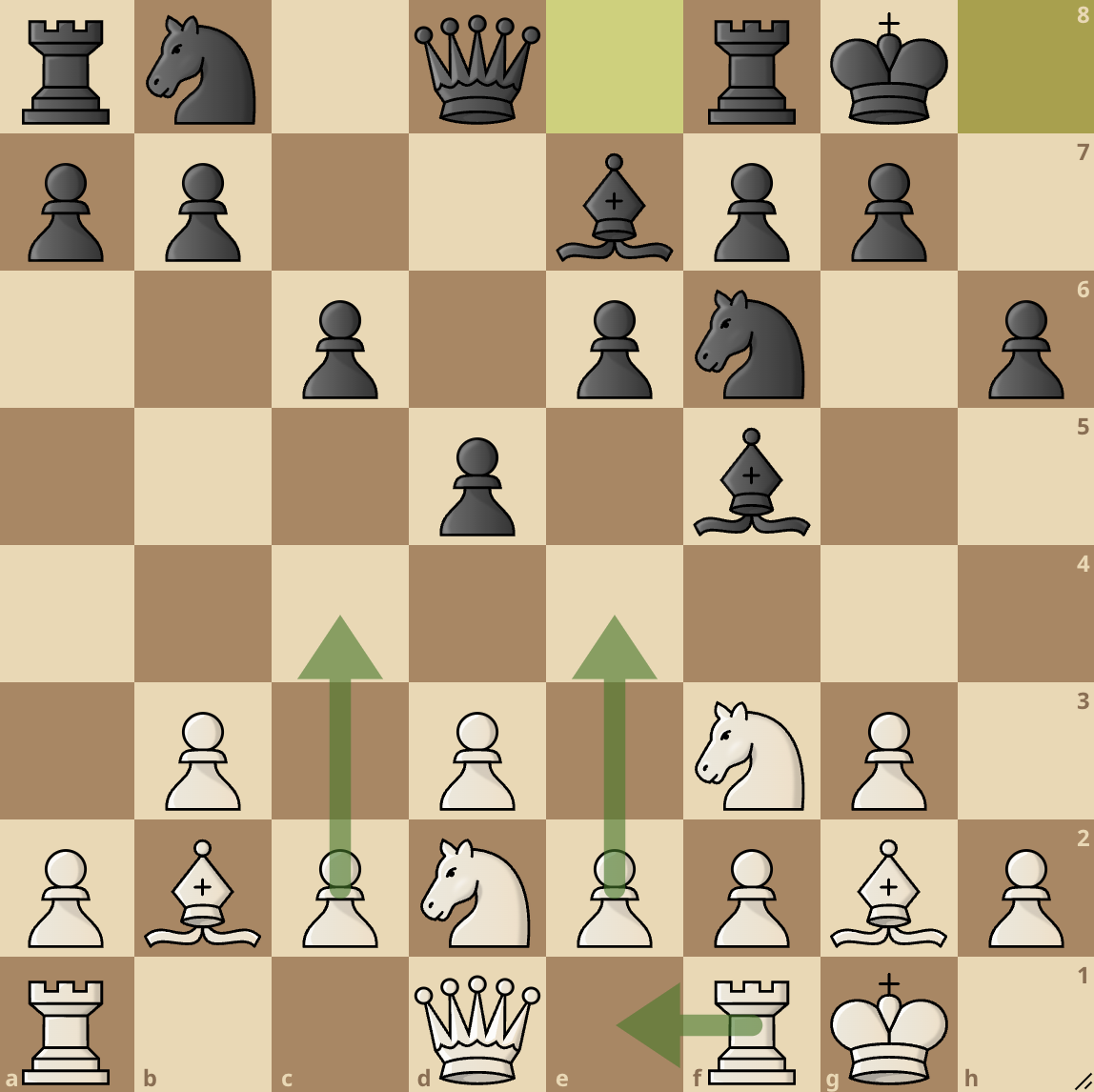
Both sides have pretty equal positions here. White can immediately play c4 to contest the center or develop the rook/queen for the e2-e4 thrust.
1…g6
1. g3 g6

Another line Black can go for is to mirror White’s moves on the kingside and fianchetto their dark-squared bishop on the kingside.
In this line, Black starts with 1…g6. This variation is aptly named the Symmetrical variation.
After 1…g6, White continues with their normal plan and they play 2. Bg2. Black also fianchettoes their dark-squared bishop by playing 2…Bg7.
Unlike the first variation we looked at, White immediately grabs control of the center with 3. d4 and Black replies with 3…d6. White now continues development with 4. Nf3 and Black replies with 4…Nf6. Both sides then secure their kings by castling with 5. 0-0 0-0.
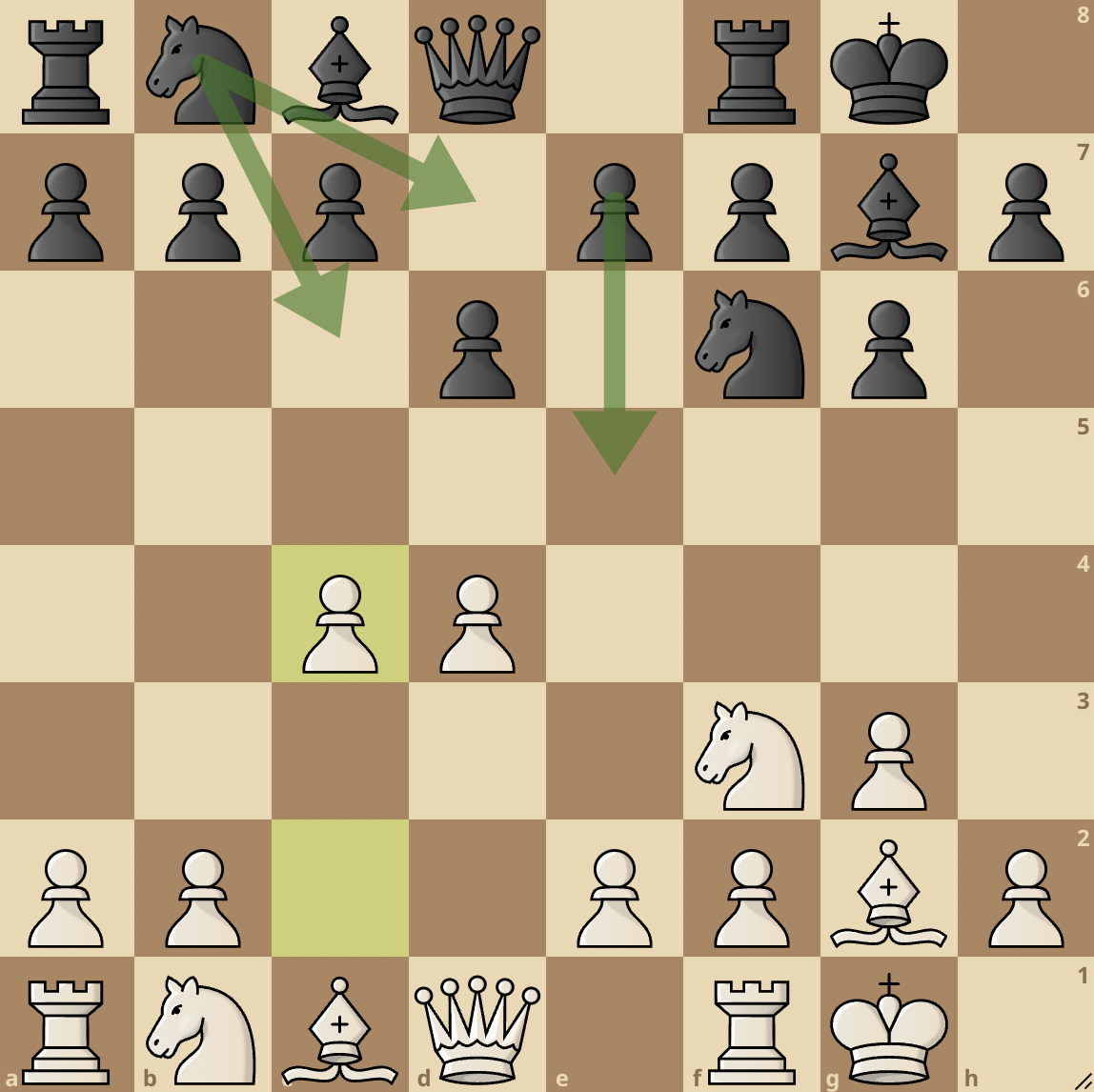
White will continue with 6. c4, grabbing more space and Black replies with 6…Nbd7, preparing to push e5.
The game will continue with White developing their queenside pieces while Black prepares their e5 thrust and fights for the center. This variation of the Benko is sharper as both sides have a chance to push for an advantage.
Successful Deployments
Touch the moves or move the board around for a better interactive experience.
Samuel Reshevsky v Viktor Korchnoi, Herceg Novi blitz (1970)
If you’re looking for a practical lesson on how to play the Benko opening, then this game by Samuel Reshevsky and Viktor Korchnoi is an excellent one.
Pal Benko v Bobby Fischer, Curacao Candidates (1962)
This game was the game that gave the Benko opening a wide reception and popularity in the chess world. It happened in 1962 between the Hungarian Grandmaster Pal Benko and Bobby Fischer. Benko employed the opening to score an excellent victory against Fischer who was an extremely strong player.
Philip du Chattel v Hans Ree, Dutch Championship (1975)
Due to the flexible nature of the Benko, White may try to play some unconventional moves after 1. g3. This 1975 game shows exactly how to handle that.





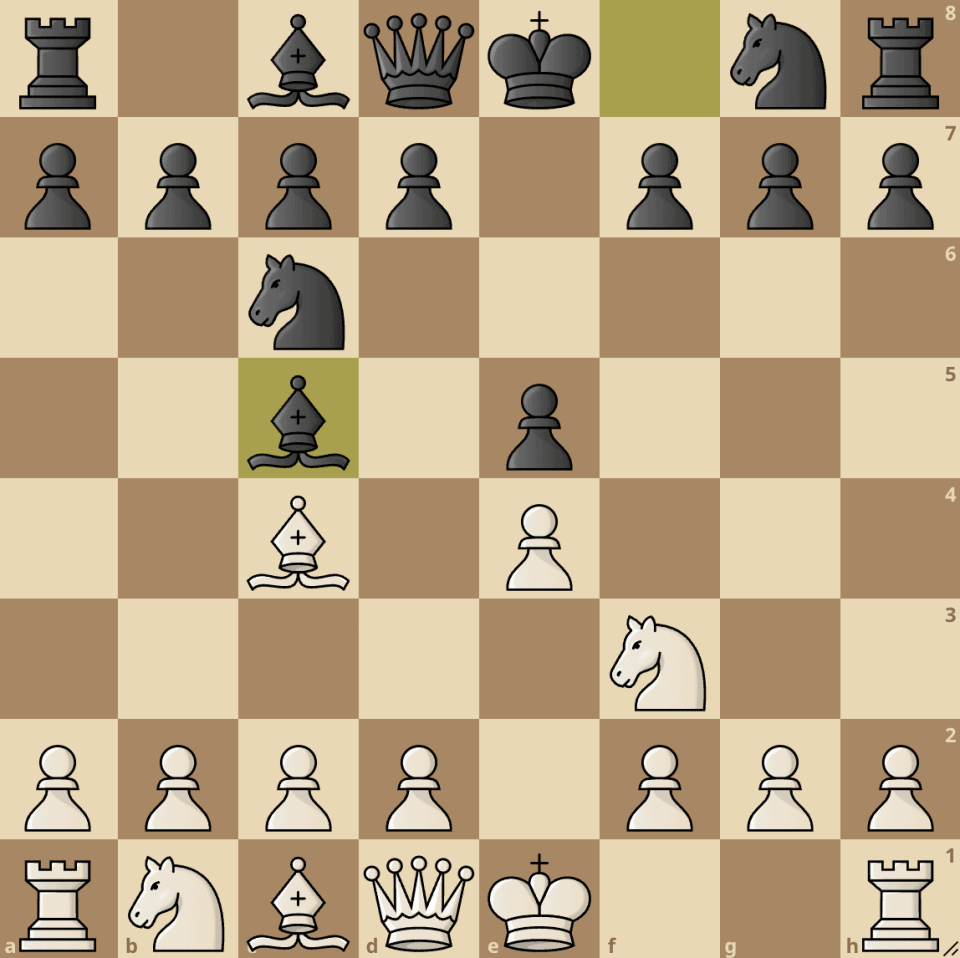
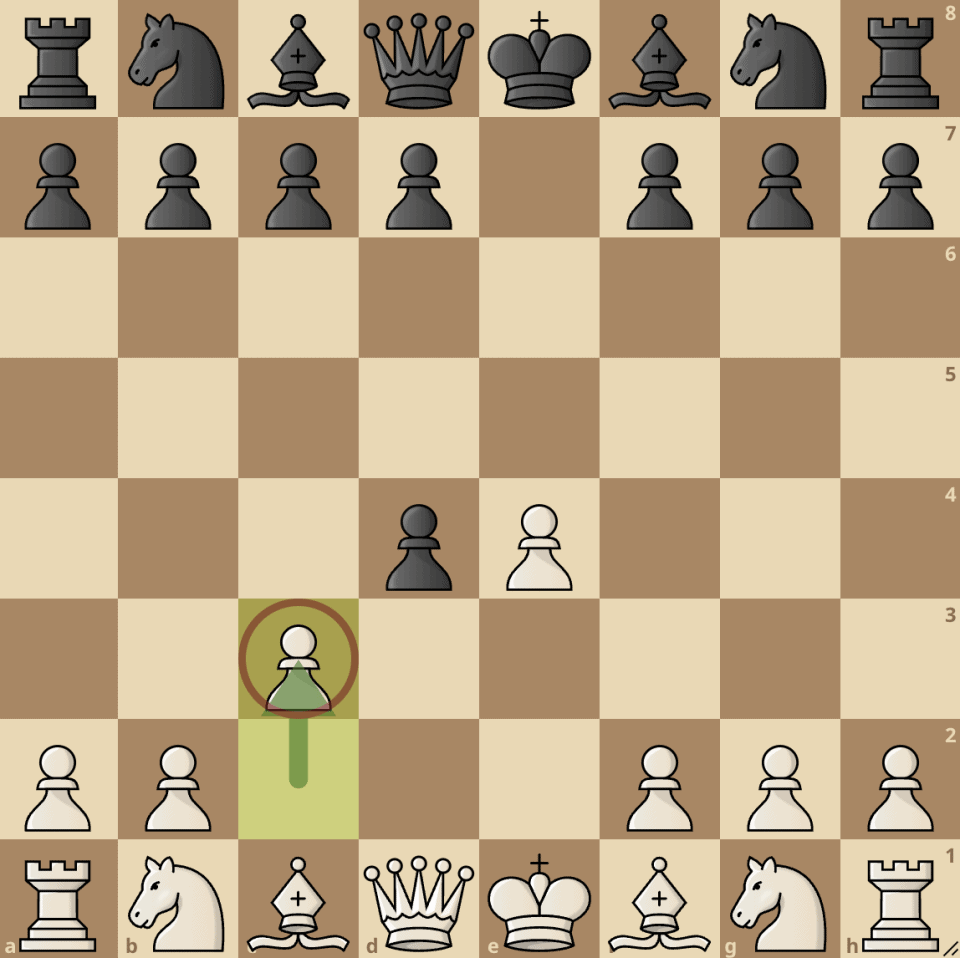
join the conversation